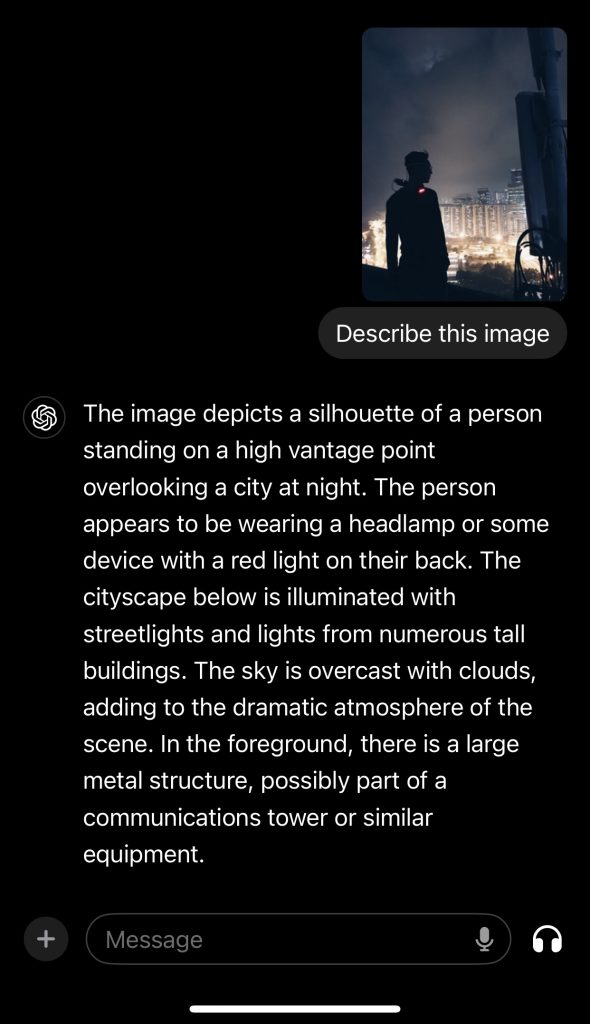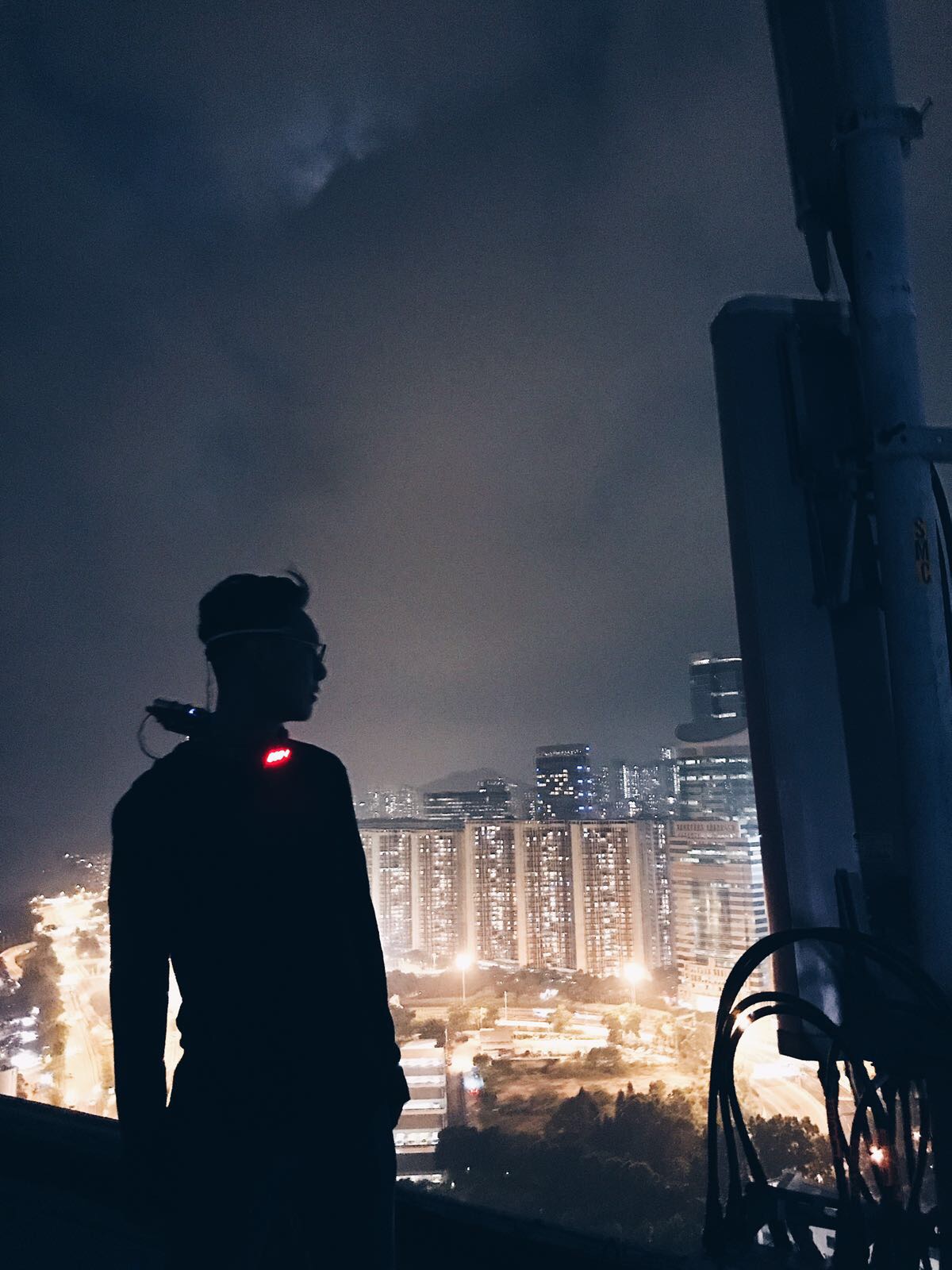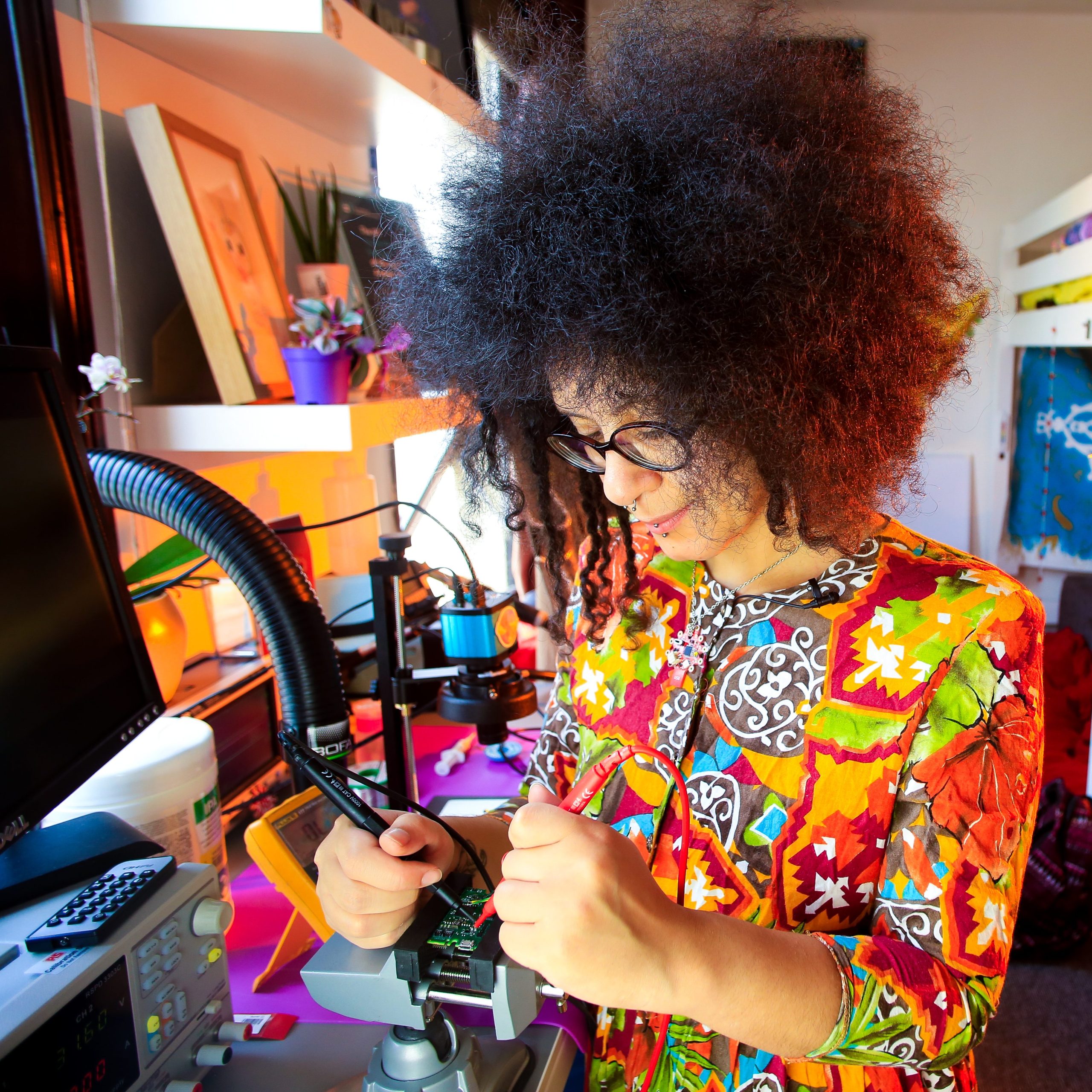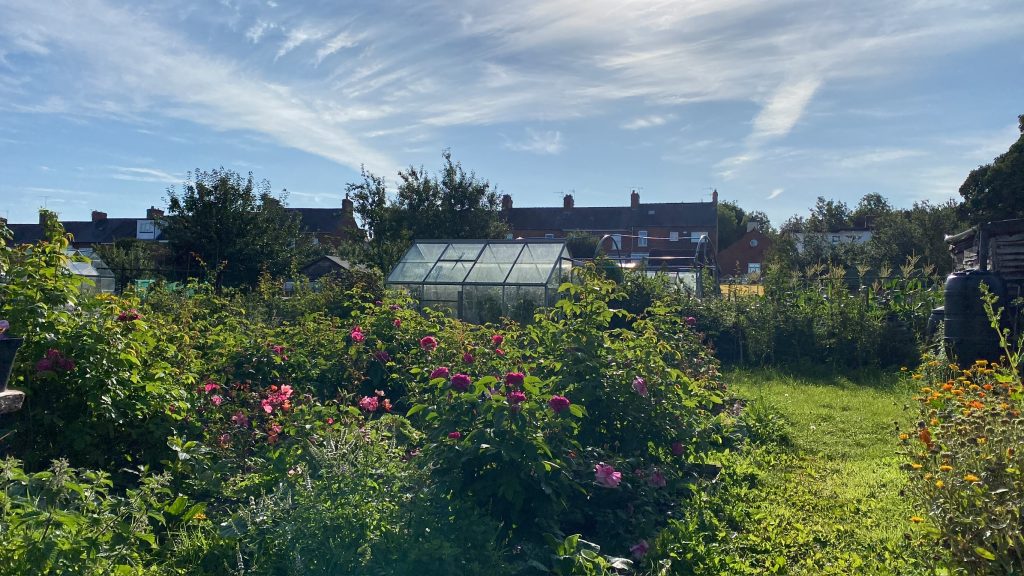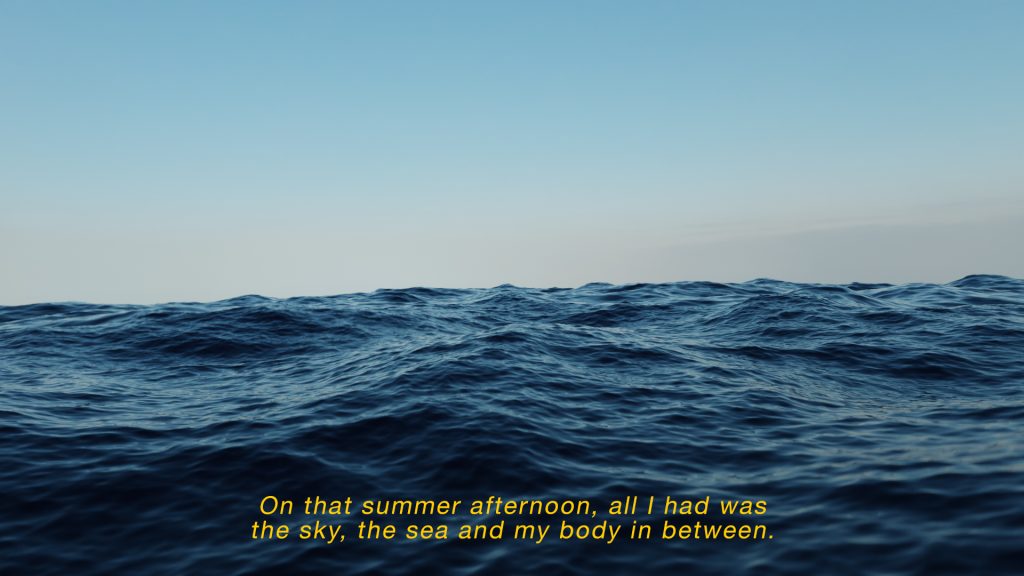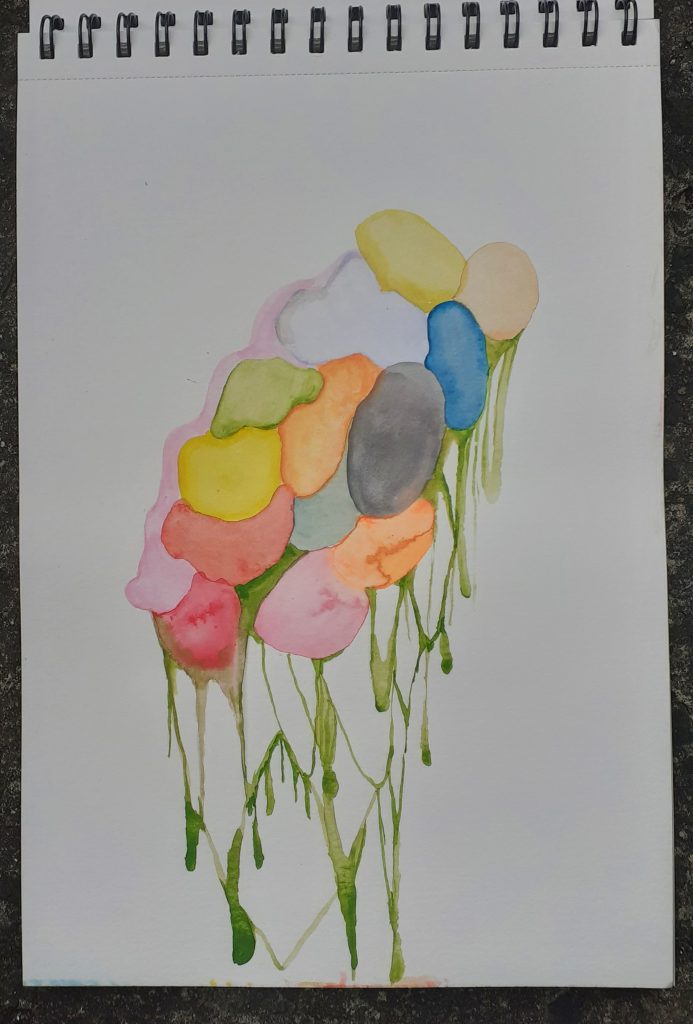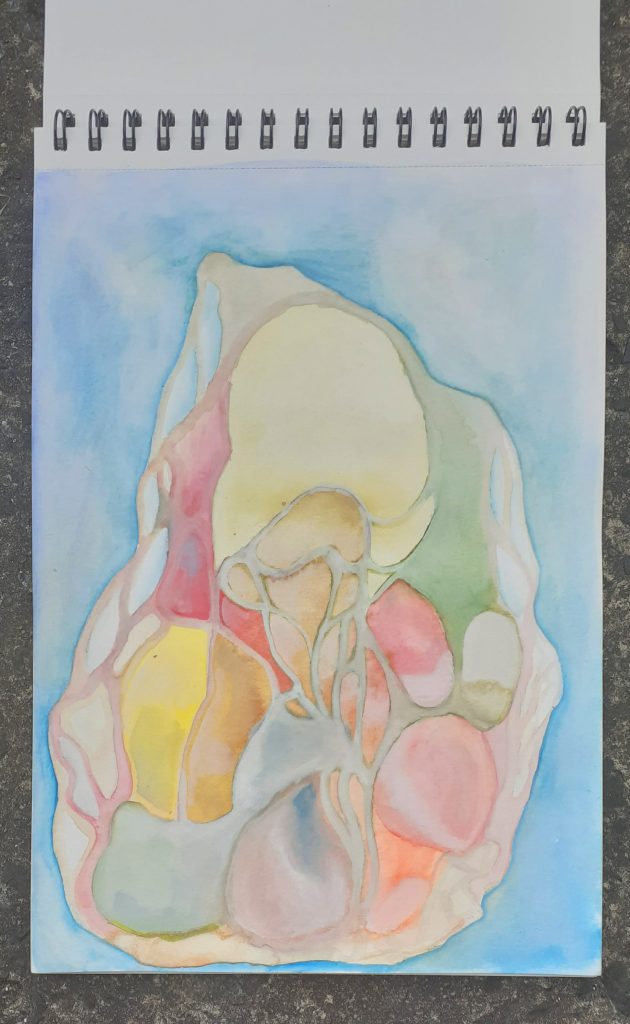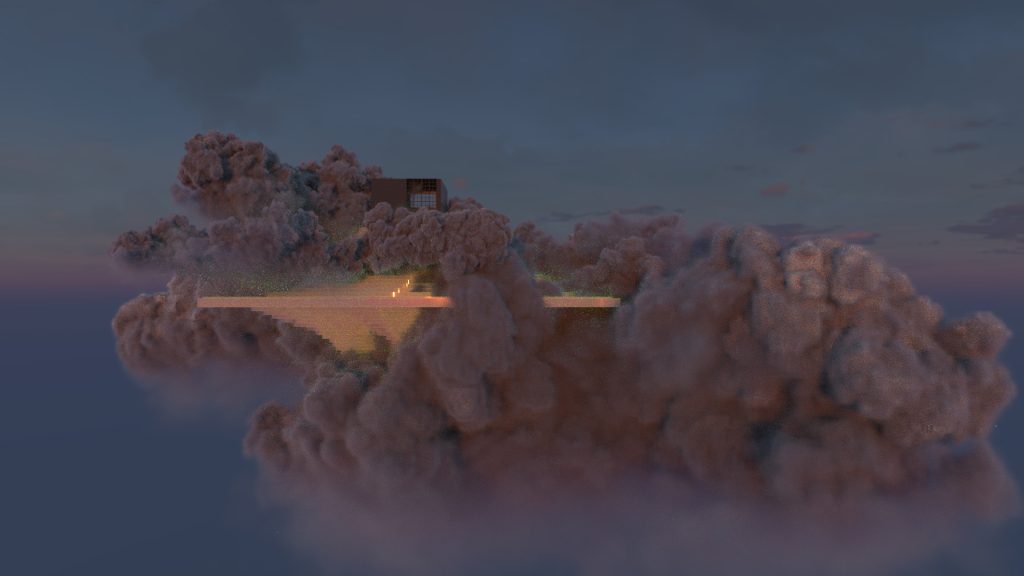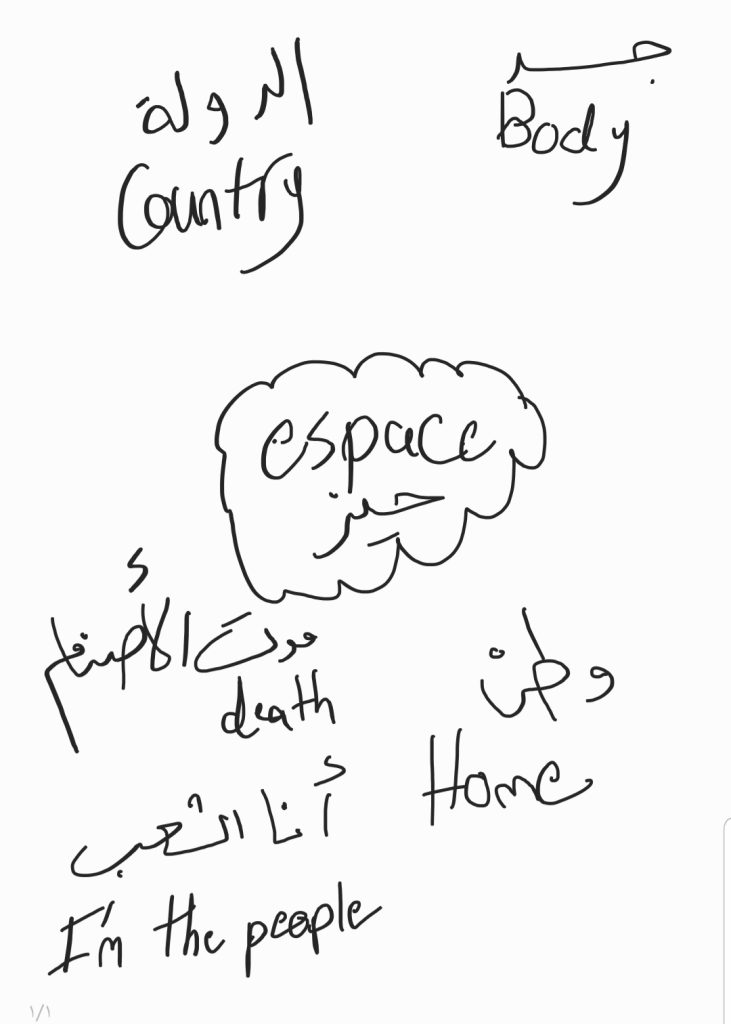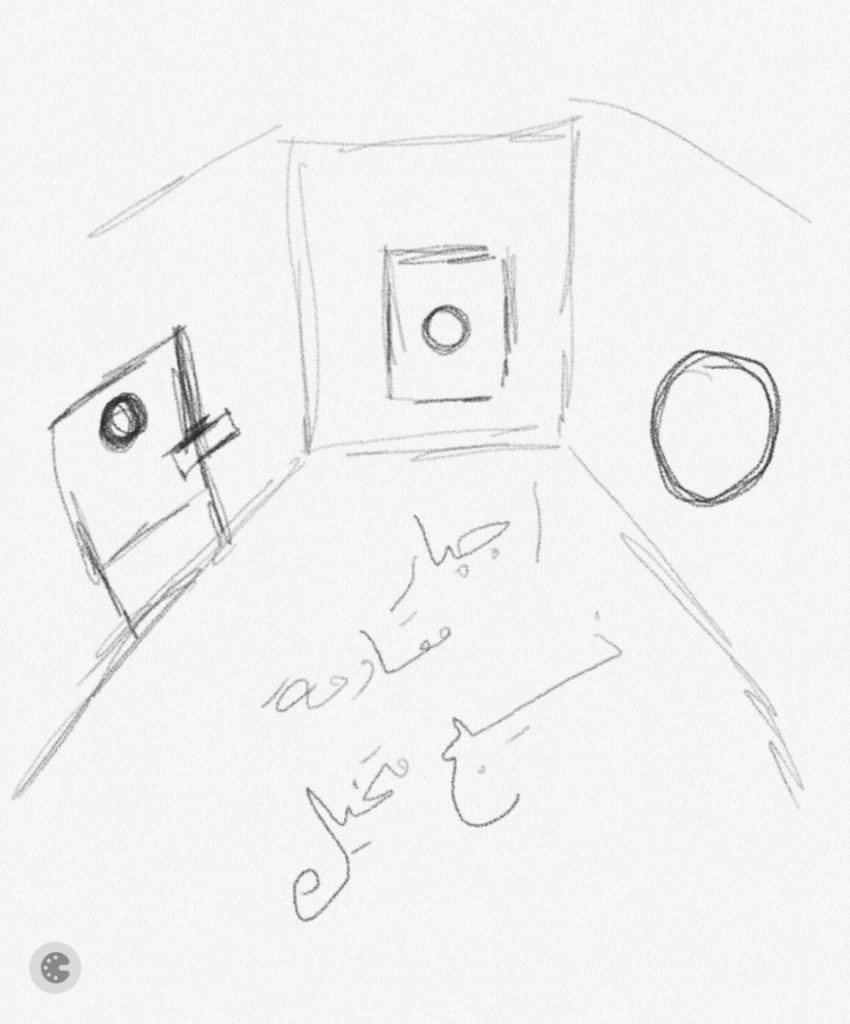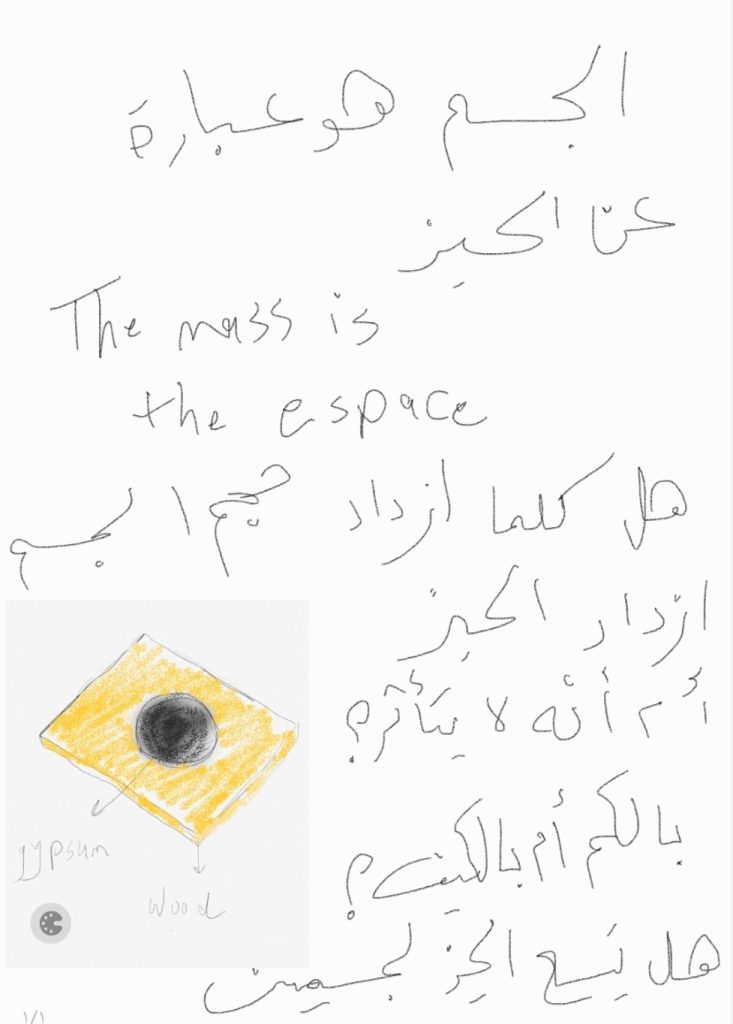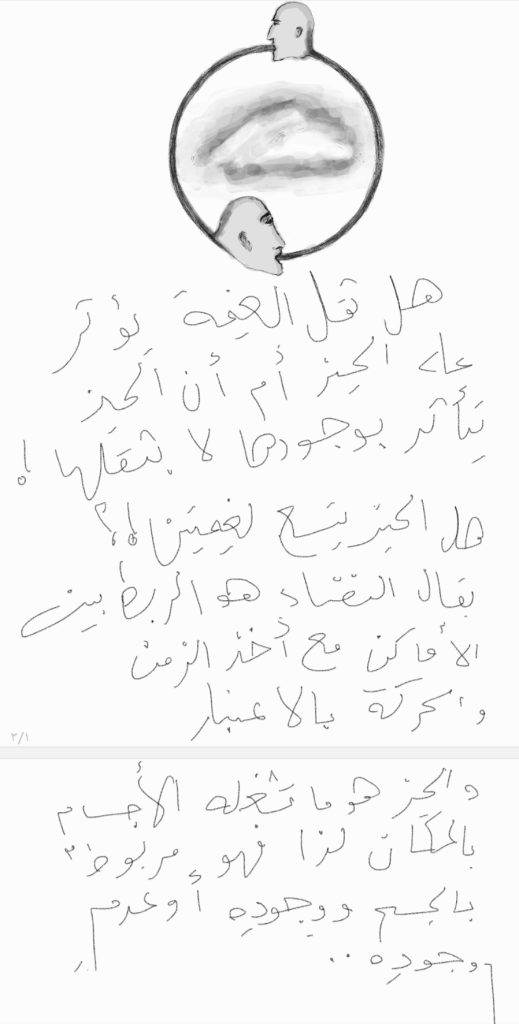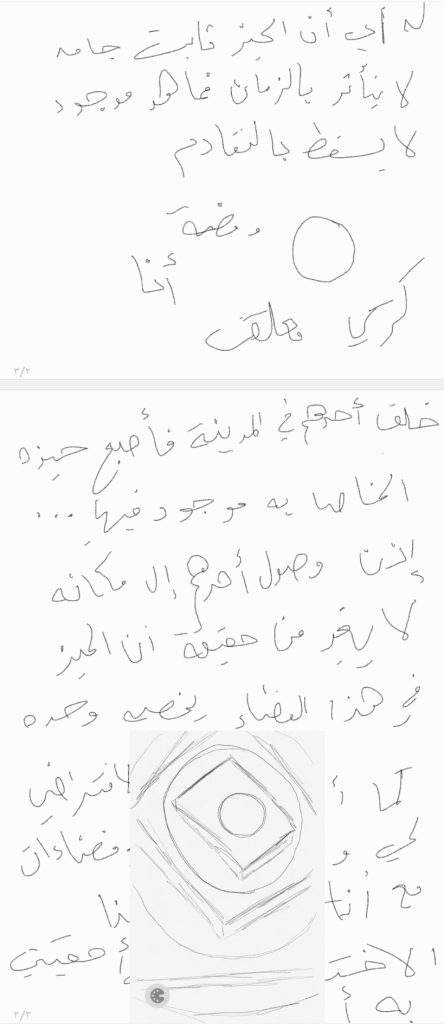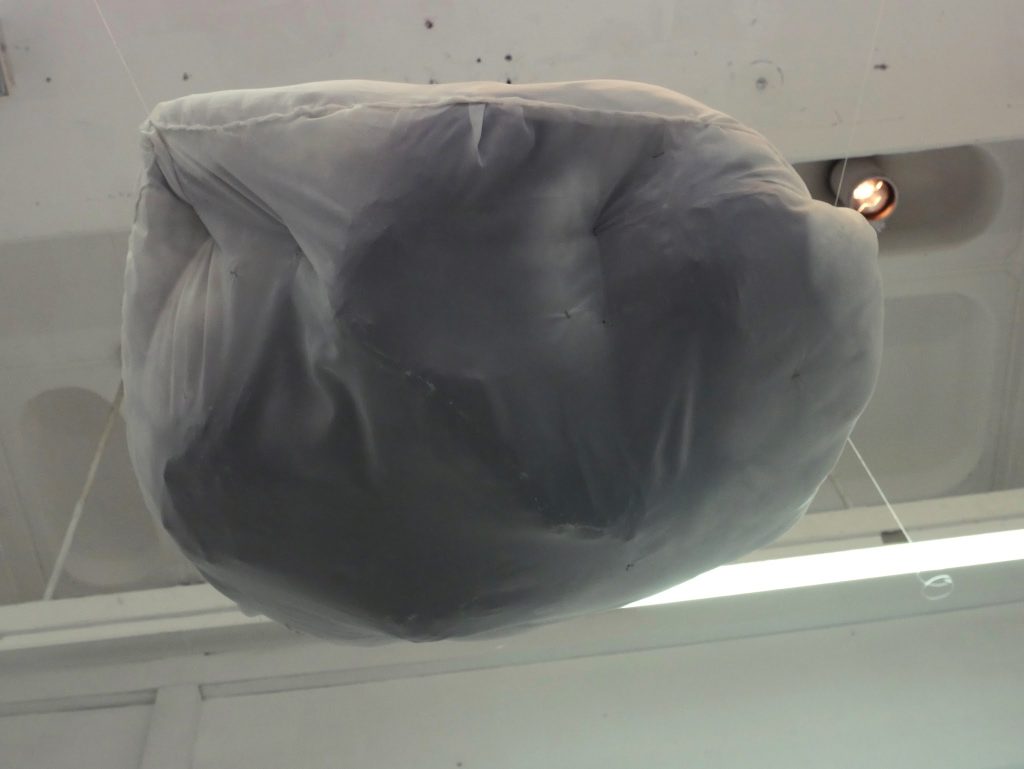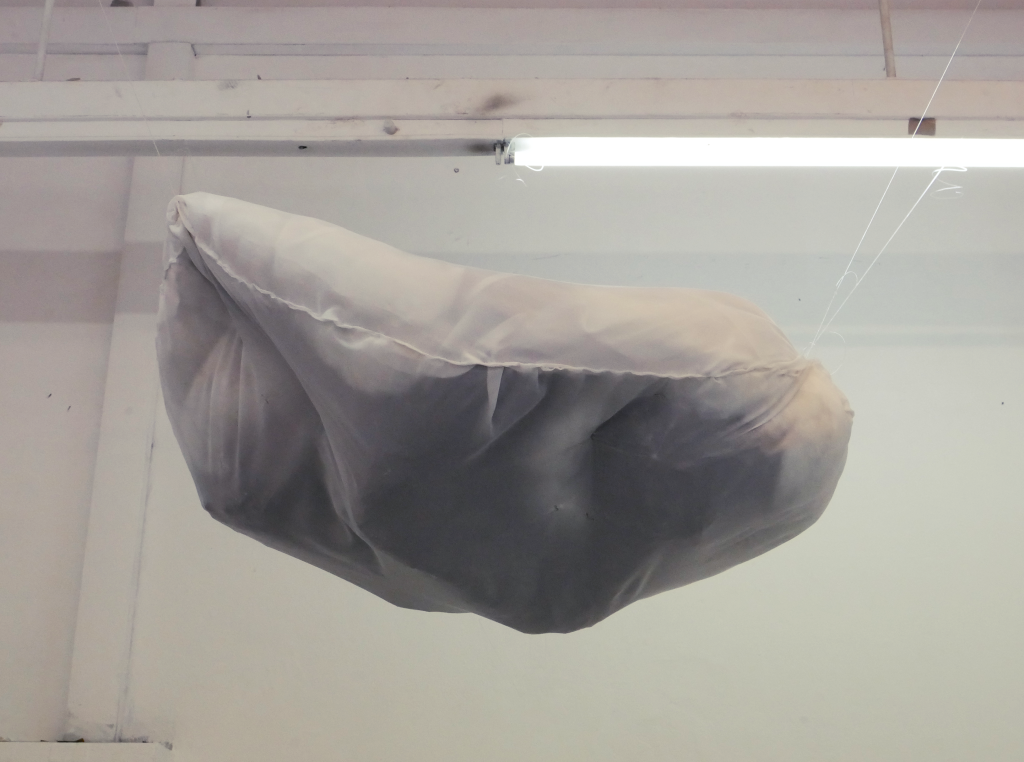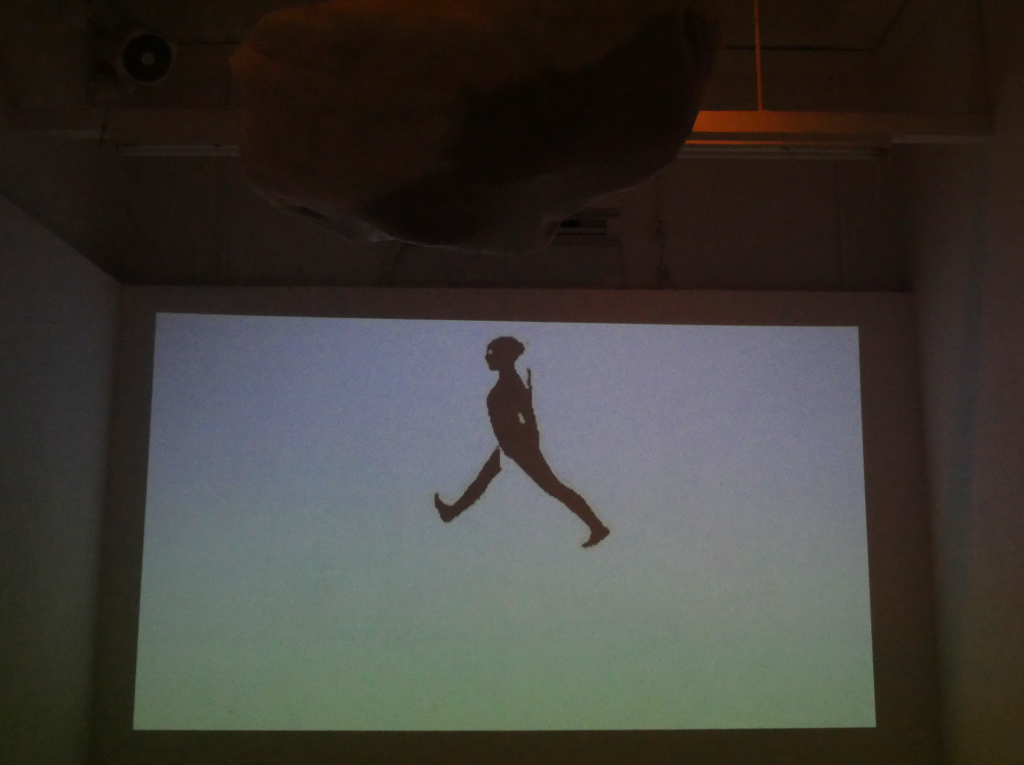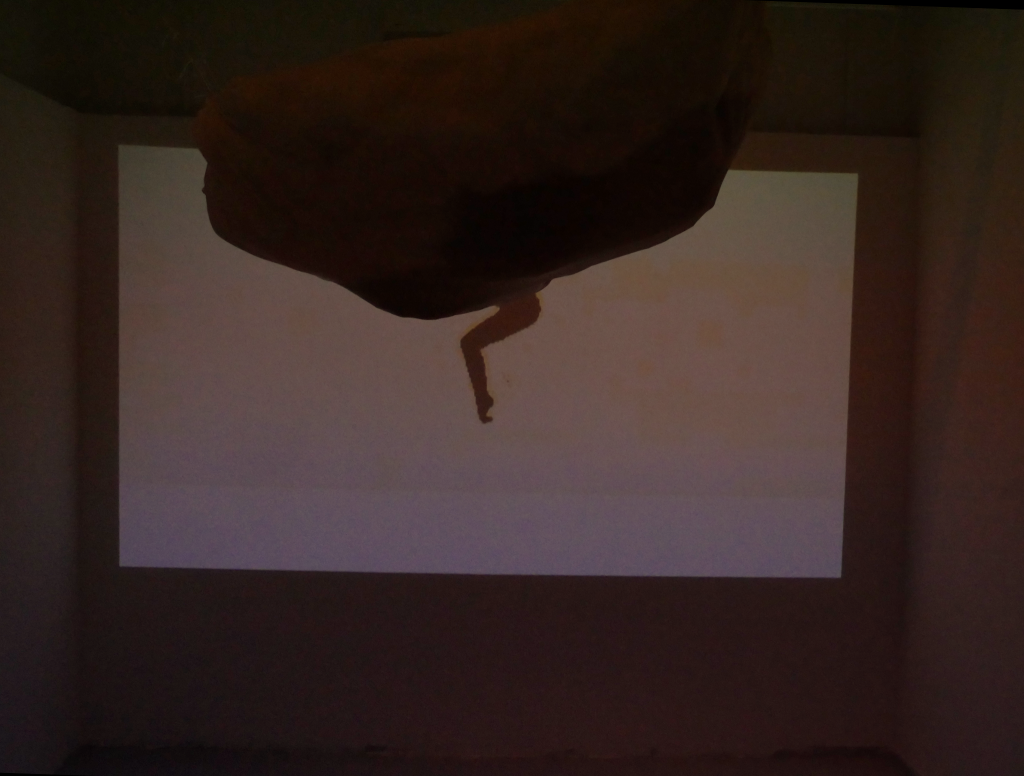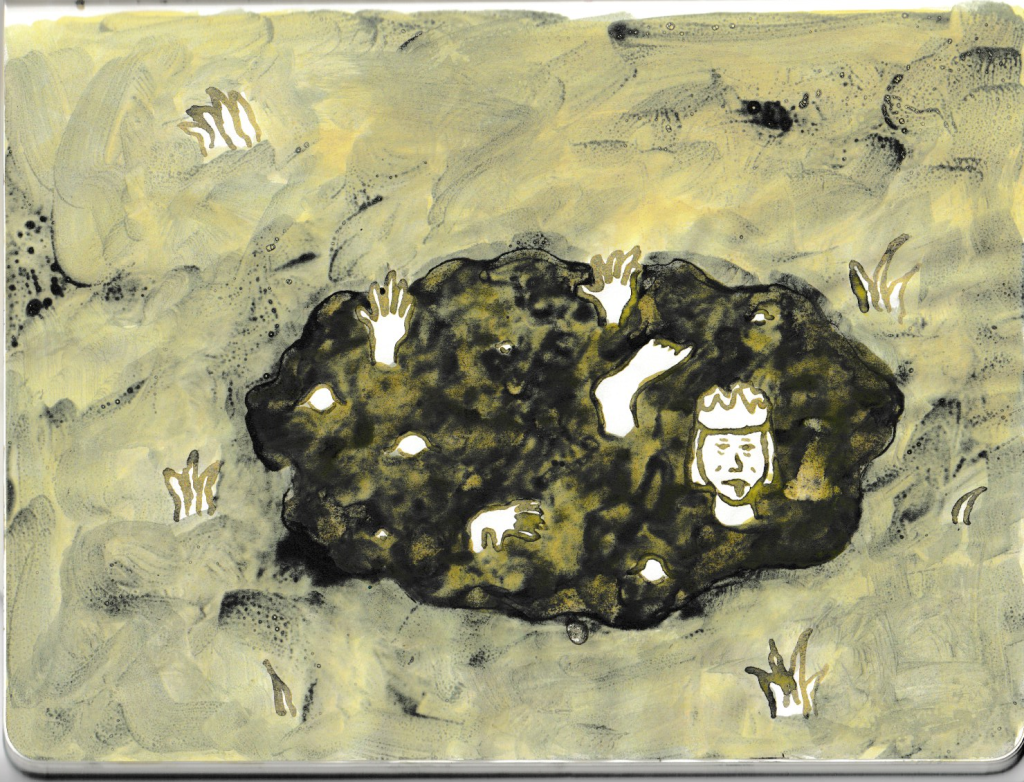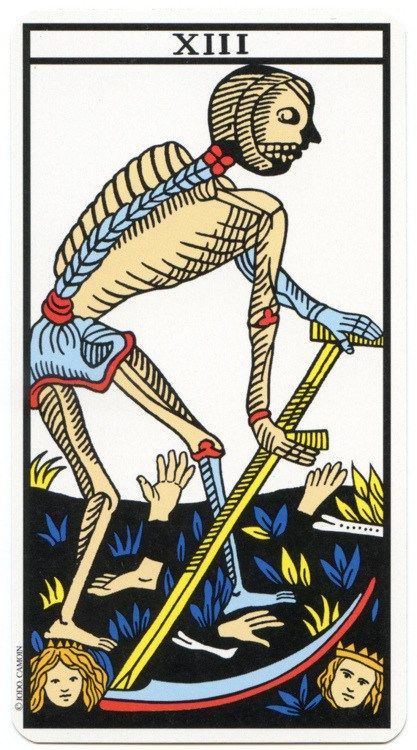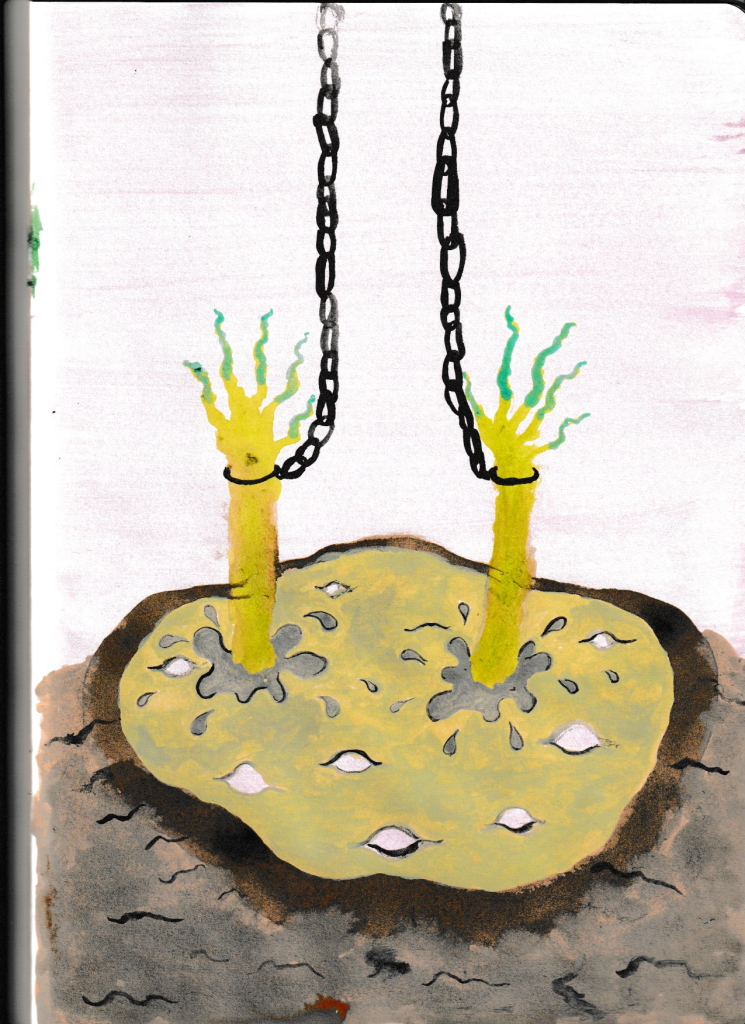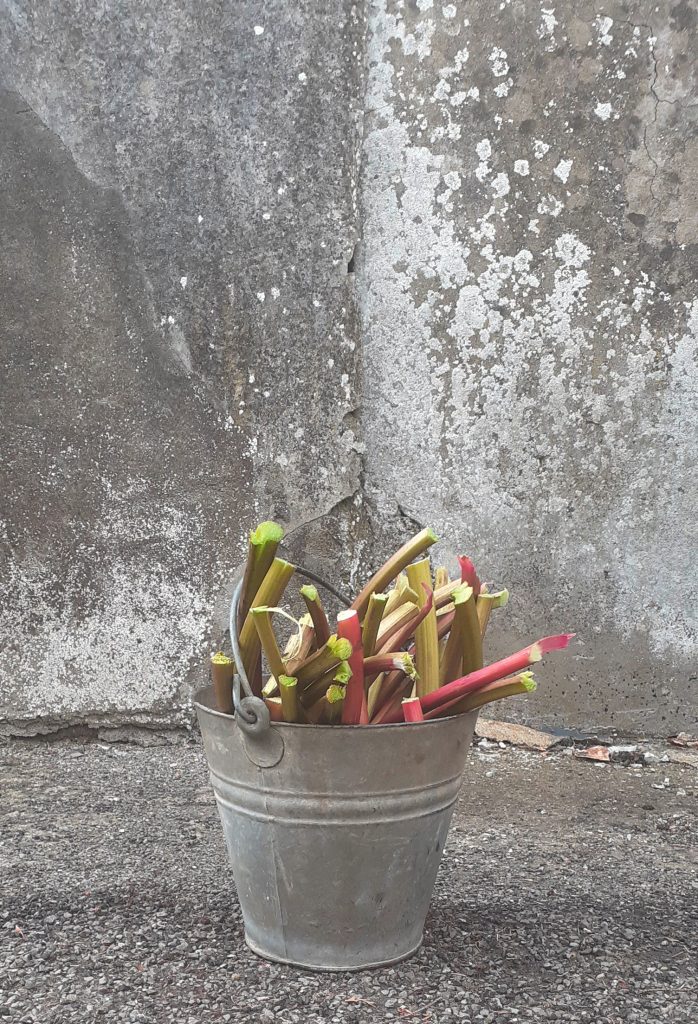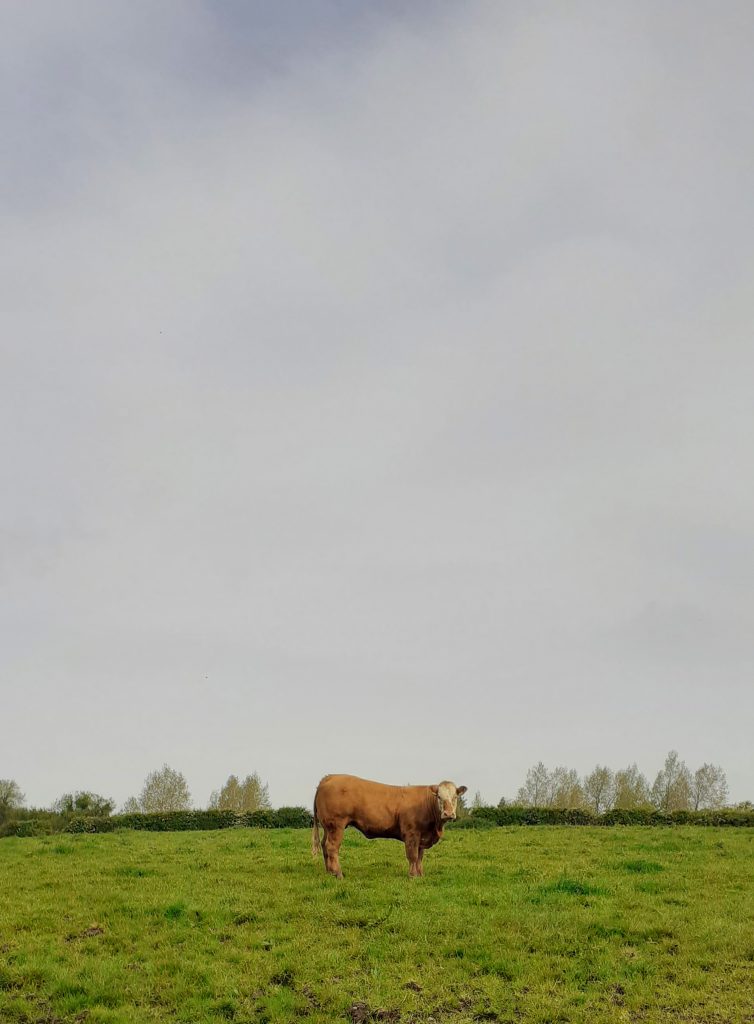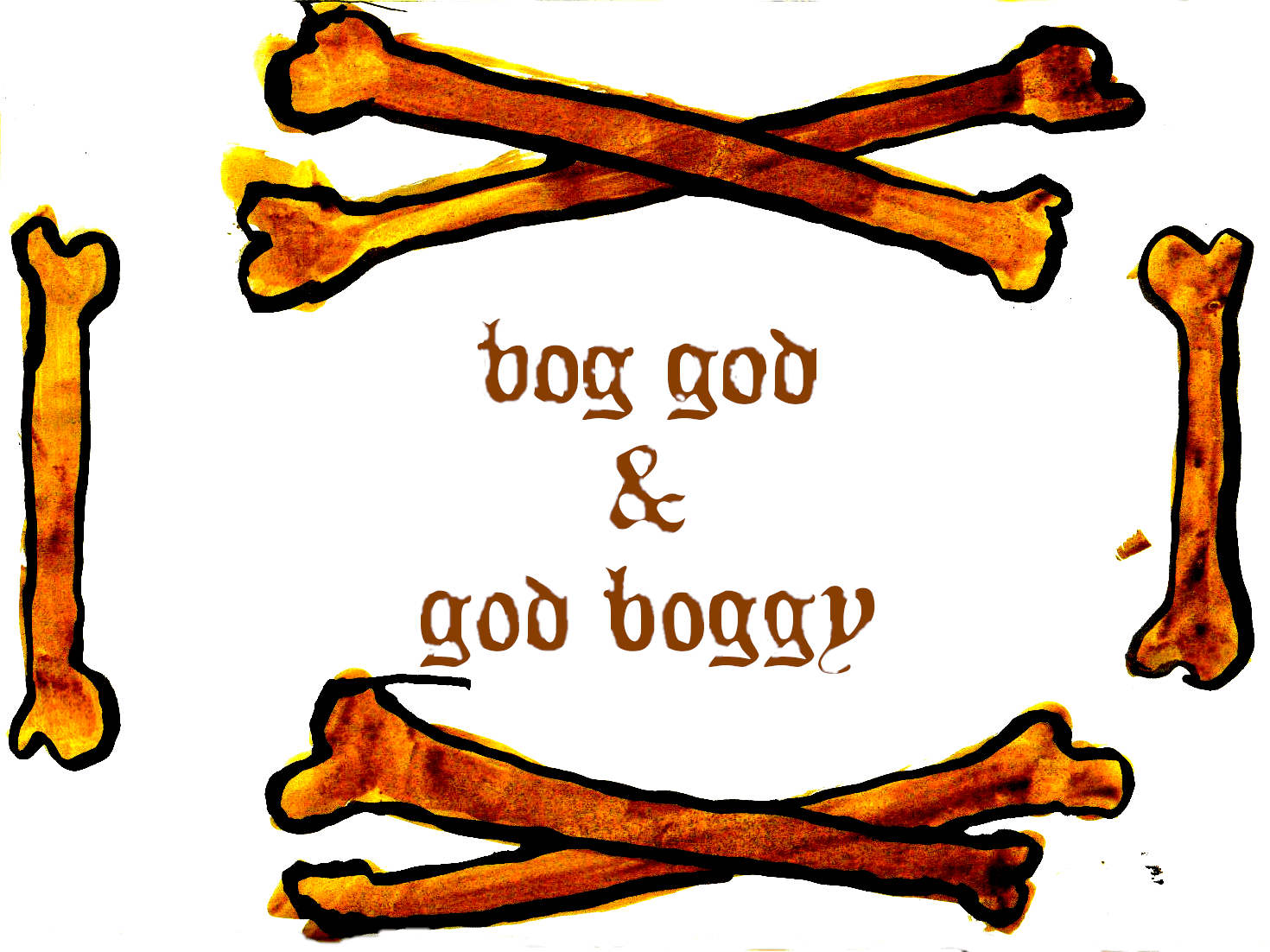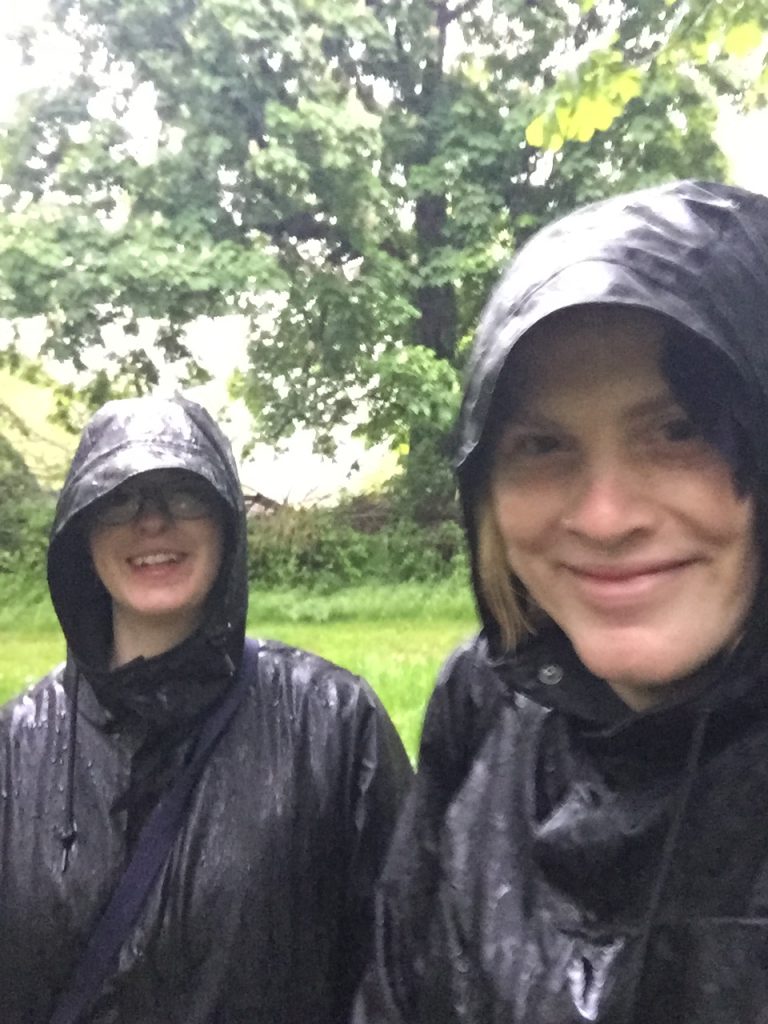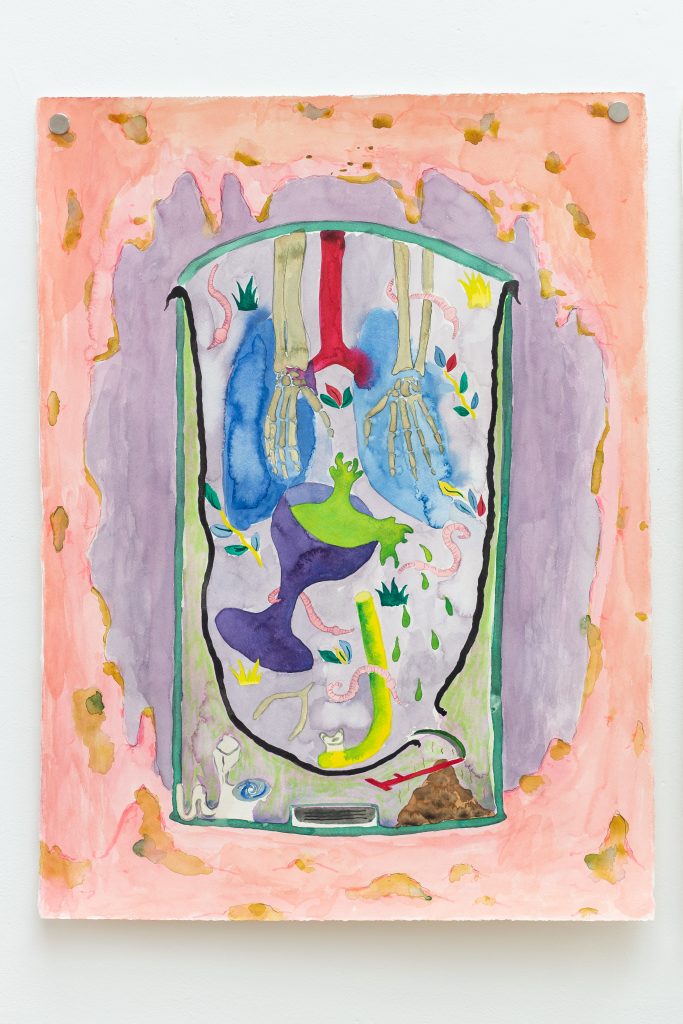Digital scans of Couch Grass roots taken from the allotment.
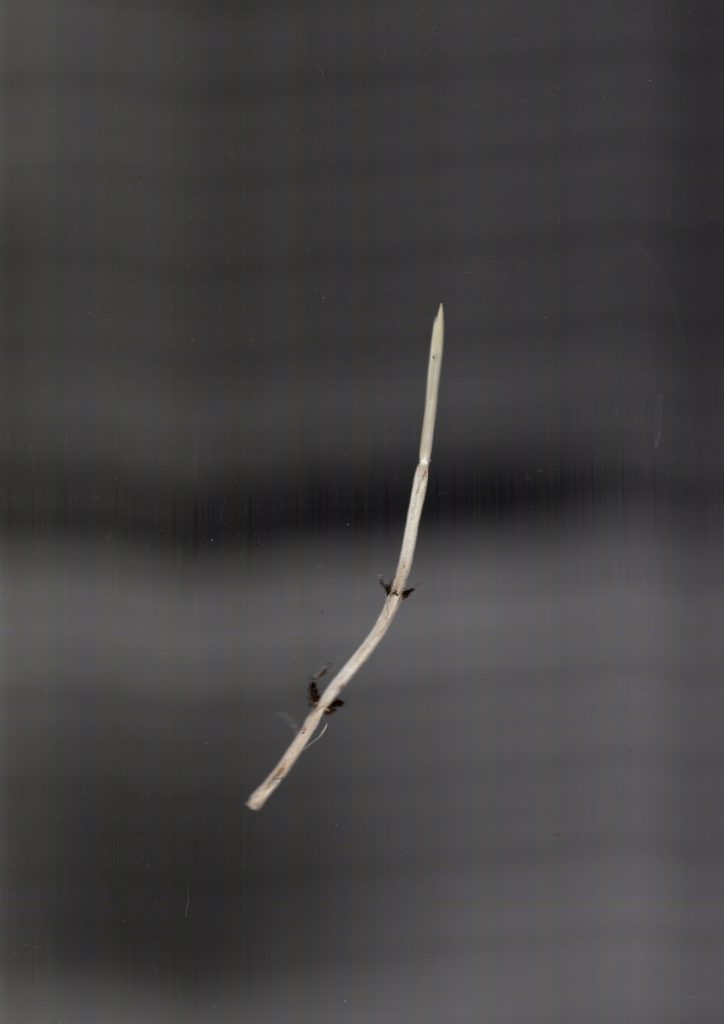
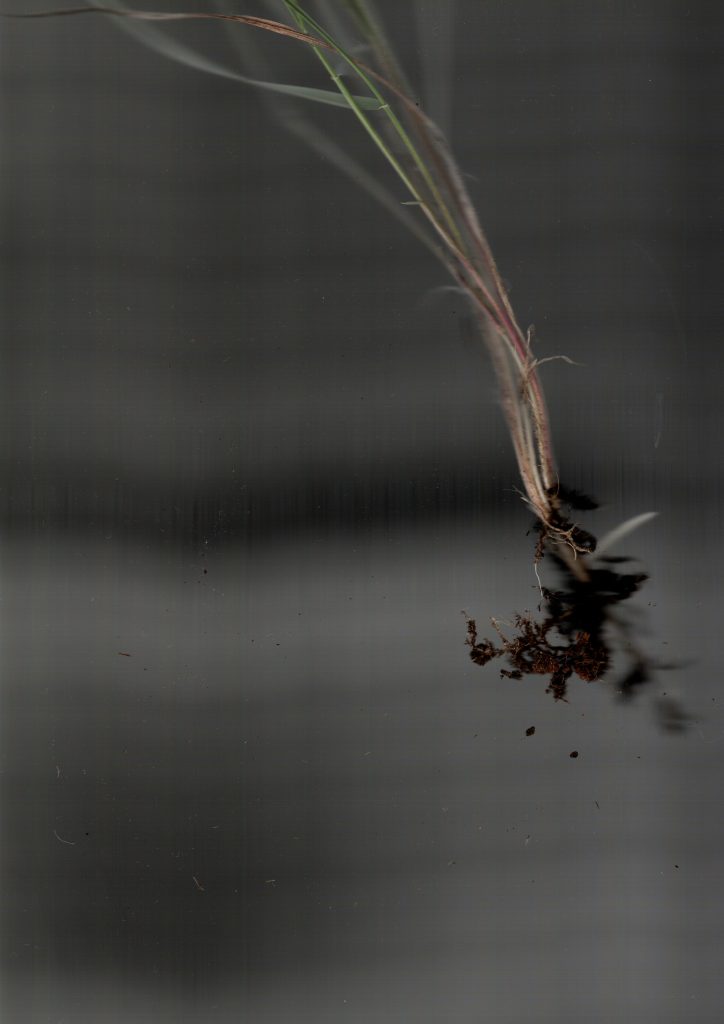
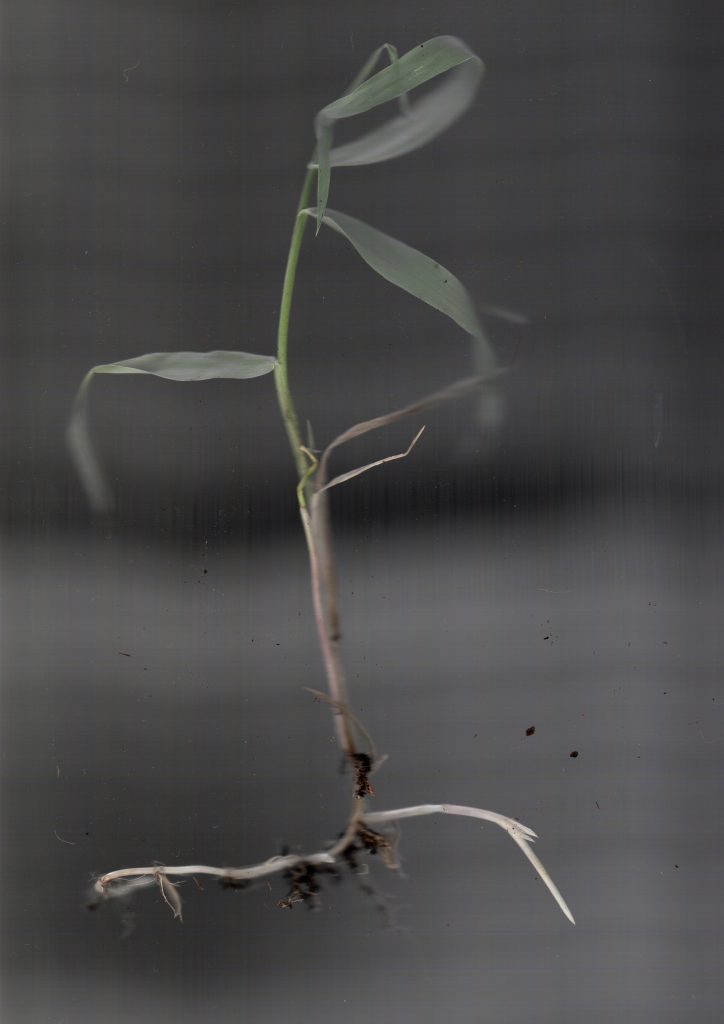
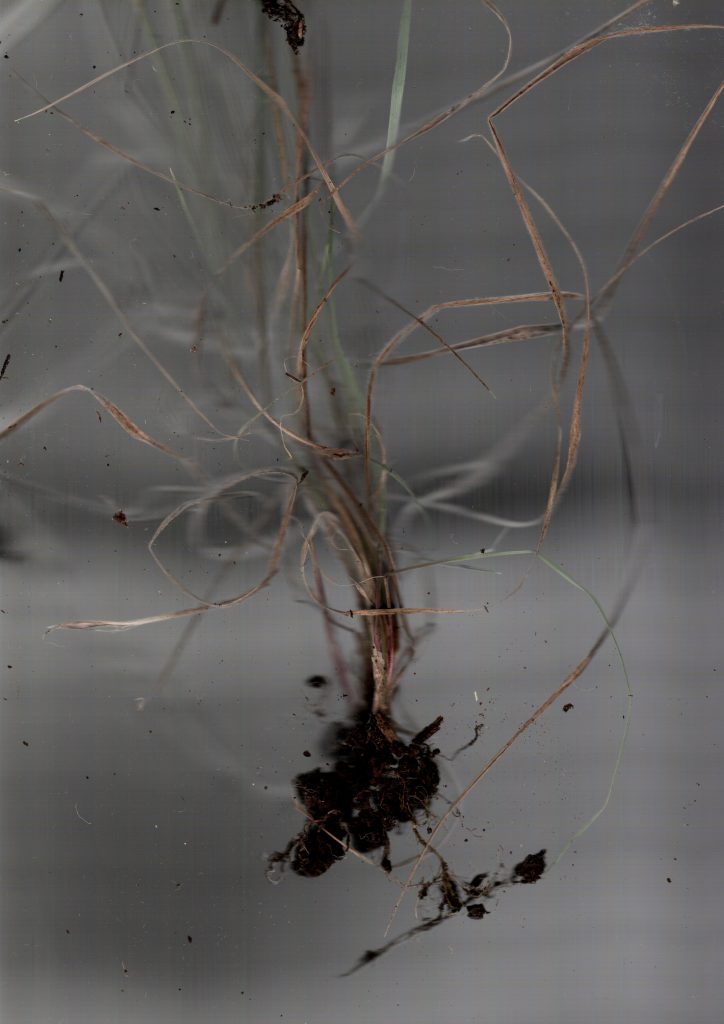
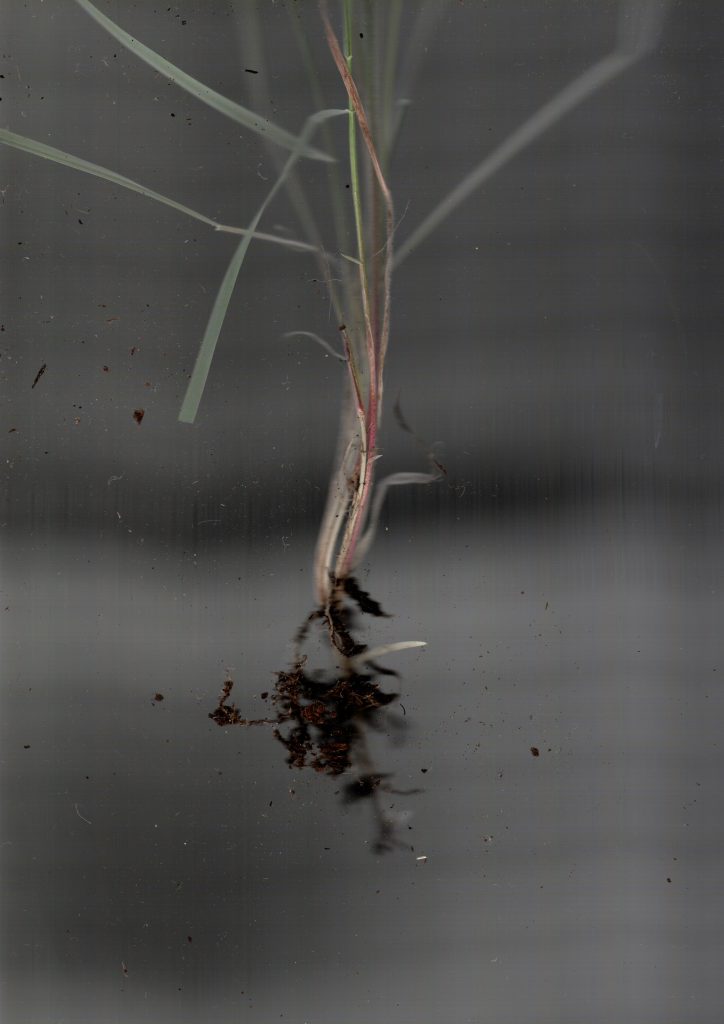
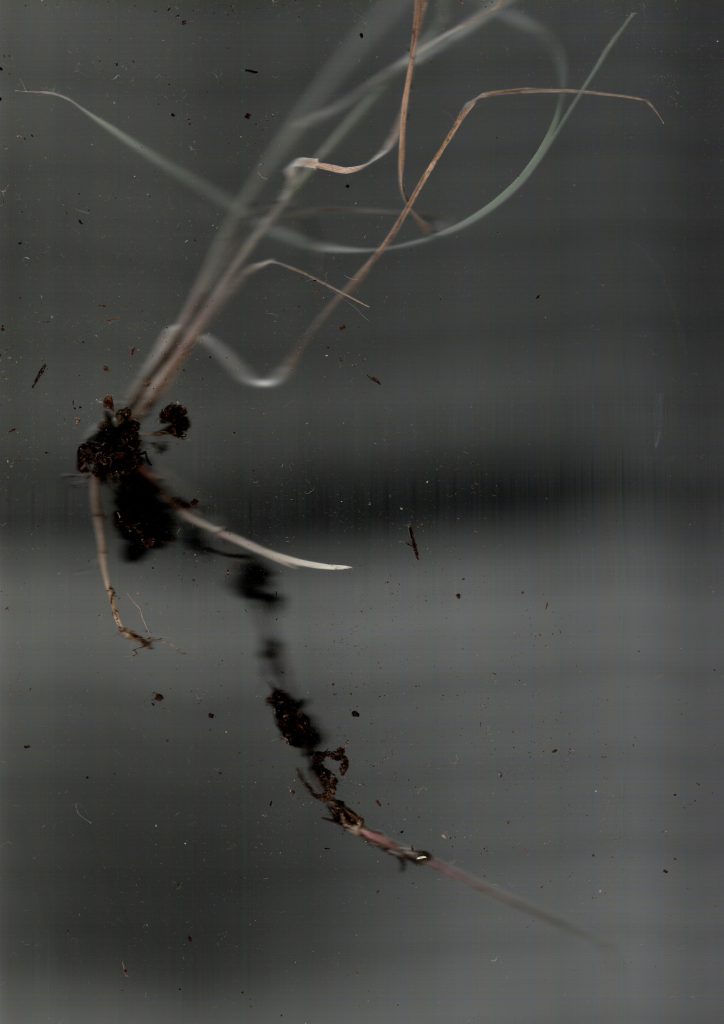
Couch Grass is a native grass to the UK that is an important food source for butterfly and moth caterpillars, as well as being incredibly fast growing. Left unchecked, it tunnels its way throughout the ground using its piercing runners to create rhizomes, and swamps everything it encounters. An elegant and graceful species, it is also very difficult to maintain in the garden, and can easily overwhelm other plants if left unmanaged.
It’s a real bastard to weed, its roots forming interconnected pathways under shallow soil. Upon pulling at a clump, you can easily break one of the extensive runners, simply leaving behind another plant ready to break through the ground and grow on. But every now and again you can find yourself picking at loose, dry topsoil where all of a sudden you are lifting a root-runner from the ground like a hidden rope found in sand in some desert-island-fiction. Perfect lengths of tough, sinewy roots are untangled from the soil, often pulling whole clumps of grass with it. My favourite part of the plant however, is the brand new runners that form these blanched white spears just below the soil surface. They are so neat and clean, pushing their way through the earth in energetic spikes. There’s something about the contrast of the tangled mass of older roots that form the clumps of grass, and the newness of these glossy threads that makes for a very satisfying and tactile interaction when weeding this plant in the garden.
